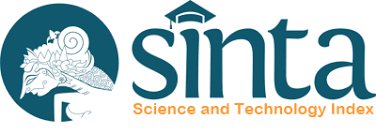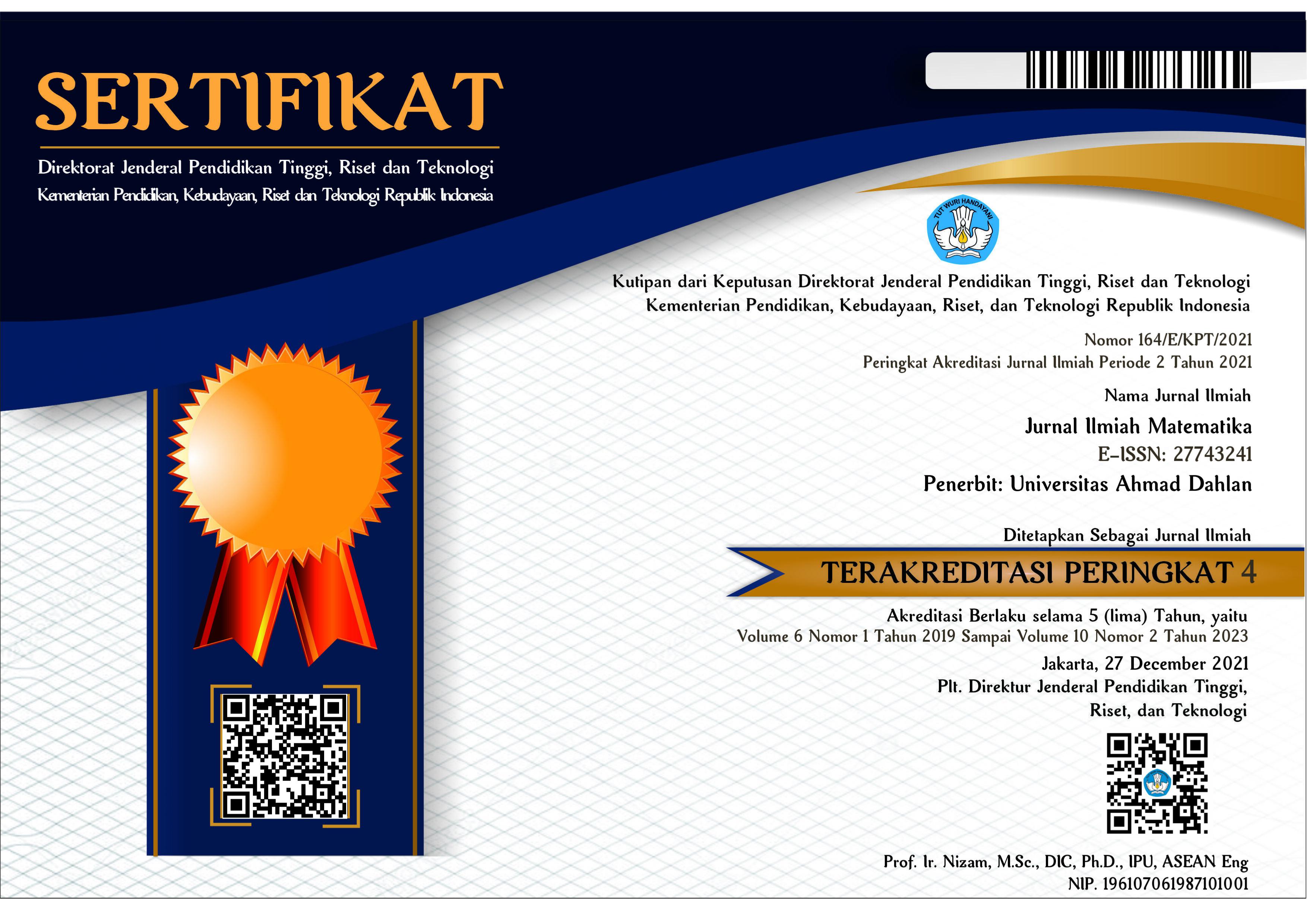Klasifikasi penyakit Demam Berdarah Dengue (DBD) menggunakan algoritma C5.0 berbasis Binary Particle Swarm Optimization (BPSO)
DOI:
https://doi.org/10.26555/konvergensi.v9i2.26089Keywords:
Classification, DHF, C5.0 Algorithm, BPSO AlgorithmAbstract
Dengue Hemorrhagic Fever, or DHF, is an infectious disease caused by the dengue virus. Diseases that are dangerous and at risk of death must be treated quickly and precisely. The determination that someone is suffering from DHF or not can be done with the classification technology, namely the decision tree method, the C5.0 algorithm. Over time, the number of features in the classification increases. Feature reduction is needed for a good model, namely the Binary Particle Swarm Optimization (BPSO) algorithm. This research used 13 features consisting of 12 independent features and one bound feature with two classes: Positive and Negative. The better model in this study is the classification C5.0 algorithm based on BPSO, which can reduce features from 12 to 9 features with an accuracy of 86% compared to classification with the C5.0 algorithm alone, which produces an accuracy of 71%.Downloads
Published
Issue
Section
License
Authors who publish with this journal agree to the following terms:
1. Authors retain copyright and grant the journal right of first publication with the work simultaneously licensed under a Creative Commons Attribution License that allows others to share the work with an acknowledgment of the work's authorship and initial publication in this journal.
2. Authors are able to enter into separate, additional contractual arrangements for the non-exclusive distribution of the journal's published version of the work (e.g., post it to an institutional repository or publish it in a book), with an acknowledgment of its initial publication in this journal.
3. Authors are permitted and encouraged to post their work online (e.g., in institutional repositories or on their website) prior to and during the submission process, as it can lead to productive exchanges, as well as earlier and greater citation of published work.

This work is licensed under a Creative Commons Attribution-ShareAlike 2.0 Generic License.









